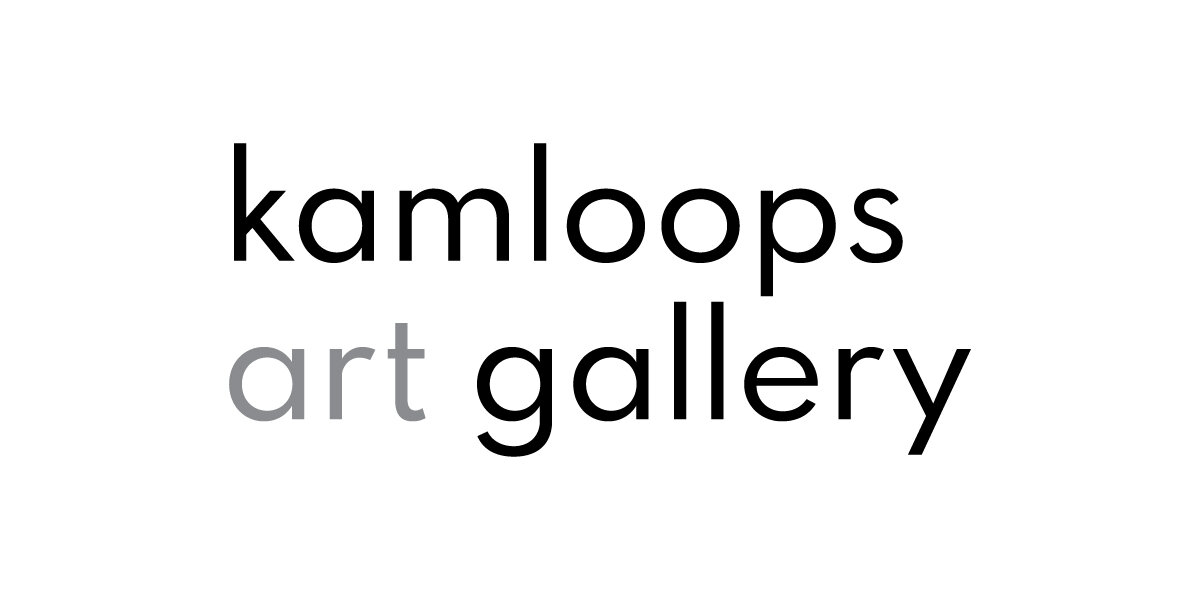Phenakistoscope
SCHOOL PROGRAM LESSON PLAN–7 to 9
Phenakistoscope
Final Project Description:
A simple handmade animation toy – the phenakistoscope
Description:
First introduced in 1832 by Joseph Plateau, the phenakistoscope used a spinning disc attached vertically to a handle. Arrayed around the disc's center was a series of drawings showing phases of the animation and cut through it was a series of equally spaced radial slits. The user would spin the disc and look through the moving slits at the disc's reflection in a mirror to see a rapid succession of images that appeared to be a single moving picture.
Curriculum Connections:
Visual Arts
create a series of images that depict metamorphosis
create images to produce a variety of specific effects
assess and visually respond to a particular artwork or artist
Science
explain how human vision works
Workshop Duration: 70 minutes
In Gallery: 10 minutes after the tour for discussion
In Studio: 5 minutes for instructions, 10 minutes to make a template phenakistoscope, 40 minutes to make their own phenakistoscope, 5 minutes for clean up and discussion and look at other’s work.
Prep:
Put out the name tags and markers on an atrium table
Set up a demo station in the center of the room with all steps of project
Set up each student’s seating area with the materials
Materials:
Phenakistoscope templates – blank and printed
Black paper
Glue sticks
Scissors
Pencil with eraser end (to construct the phenakistoscope with, not to draw with)
Thumb tack
Pencils
Erasers
Markers
Before students begin, have them write their name in pencil on the back side of their phenakistoscopes.
10:50 – 11:00: Discussion
Gather students in a group in the gallery and talk with them about the persistence of vision and introduce the phenakistoscope. Demonstrate how the phenakistoscope toy from the resource room works and pass it around for the students to try.
First introduced in 1832 by Joseph Plateau, the phenakistoscope used a spinning disc attached vertically to a handle. Arrayed around the disc's center was a series of drawings showing phases of the animation and cut through it was a series of equally spaced radial slits. The user would spin the disc and look through the moving slits at the disc's reflection in a mirror to see a rapid succession of images that appeared to be a single moving picture.
The first part of the term 'phenakistoscope' comes from the root Greek word phenakizein, meaning "to deceive" or "to cheat,” as it deceives the eye by making the objects in the pictures appear to move.
We could animate the photographic sequences made by Eadweard Muybridge by cutting them up and putting them around the circle of the phenakistoscope – many of these early animation toys did make use of his images in this way.
What is persistence of vision and how does it work?
Short answer:
Impressions made on the retina of the eye last for a short time after the object which produced it has been withdrawn.
Explanation:
Your eyes see by means of a coating of light-sensitive cells. This coating is called the retina. When light hits the cells they get excited, and a message of this excitement is sent to the brain. It takes a bit of time to do this and for the cells to calm down again, so the light picture that they get doesn’t vanish instantly. It lasts for a fraction of a second. This holding action is called persistent vision.
Seeing spots is sometimes an example of persistent vision. It is especially true with really bright lights. Can you remember the last time you were zapped with a flash from a camera? You saw spots for a long time after the flash went off. The same is true when you look at the sun, or out of a bright window for a long time, or directly into a lamp.
Demonstrate phenakistoscope – let kids play with the demo ‘scope.
Lead students back to the studio to create their own phenakistoscopes.
11:00 – 11:15
Get students seated and using your demo station walk them through the steps to assembling the demo zoetrope.
STEP 1
Glue the template to a sheet of black paper
STEP 2
Cut around the outer shape with scissors.
STEP 3
Attach to a pencil using a thumbtack.
STEP 5
Stand in front of a mirror: Spin! Amaze!
11:15 – 11:55
Have students create their own phenakistoscopes!
Help the students choose simple transformations or moving figures that are within their abilities. Ask them to take a couple of minutes to chat with the person next to them about some ideas. Call on the class to share their ideas.
Some examples: flower growing from a seed; person walking; animal walking or running; bird flying; an apple falling from a tree, etc.
11:45
Ten minute warning! Students will have ten more minutes to complete their work.
11:55 – 12:00
As students complete their phenakistoscopes, have them put the completed artworks on a clean table by the white wall (make sure their names are on them) and ask them to clean up their stations and wash their hands.
Once everyone is finished and cleaned up, have them play with each other’s phenakistoscopes.
They’re adorable! Get a picture of them with their spinning wonders.
